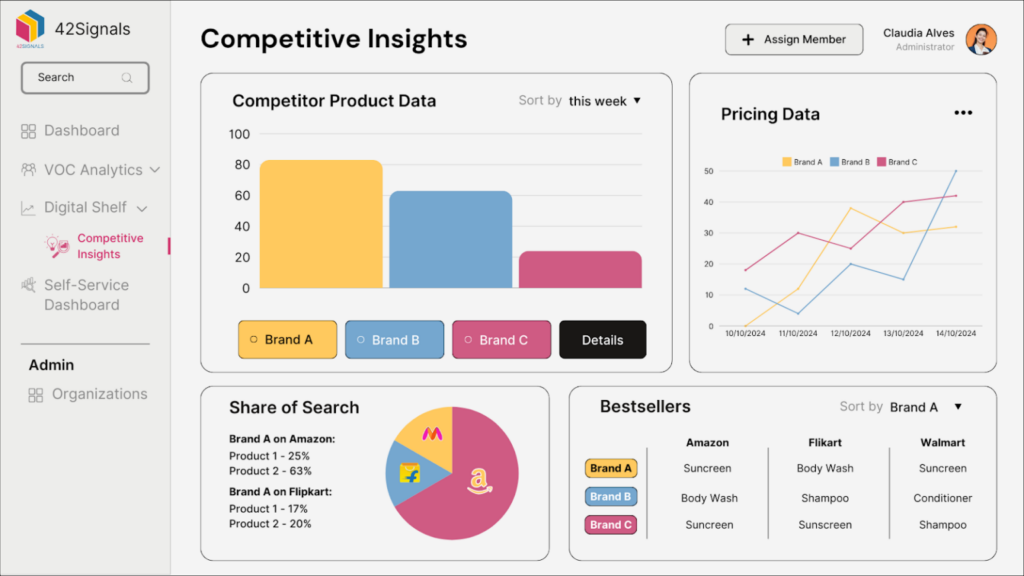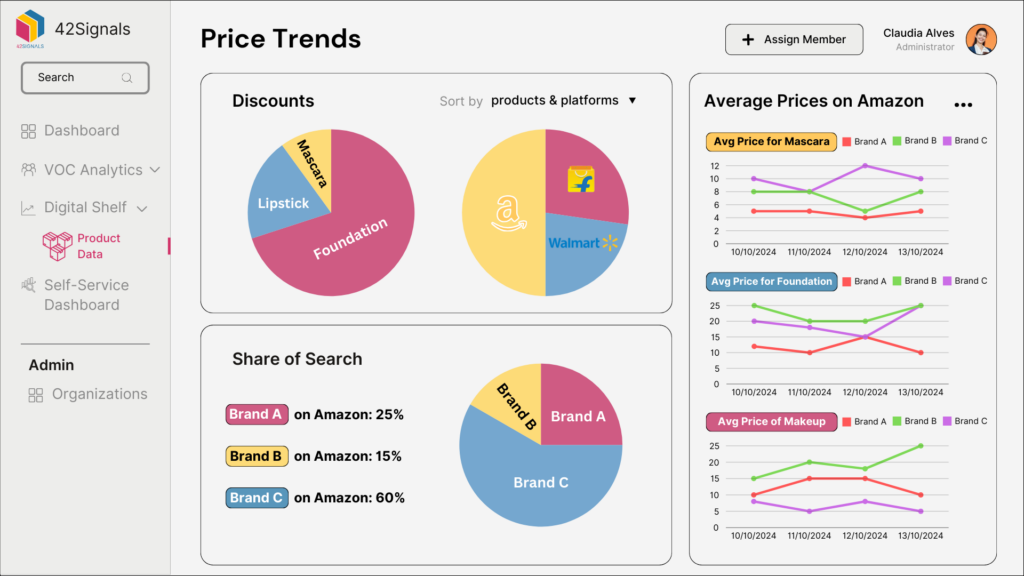Alright, let’s get real. We’re all constantly online nowadays, aren’t we? Clicking on that shirt we like, scrolling through endless shoe options, or even just window shopping digital aisles late at night.
Every action, believe it or not, leaves a digital trail. Think of it like footprints on a sandy beach, but instead of sand, it’s the vast expanse of the internet. Now, for businesses, these footprints – or e-commerce insights as the tech-savvy call them – are pure gold. They’re like a sneak peek into what we want and how we think.
But the big question many businesses ask is, “Okay, I have all this info, now what?” Let’s break down how you can take these online hints and turn them into a game plan.
1. Understanding the Value of E-Commerce Insights
Before diving deep into the data, it’s essential to understand what e-commerce insights entail. These insights can be derived from various sources like website analytics, sales data, marketplace knowledge, customer feedback, and market research. The depth and breadth of these insights give businesses a competitive advantage, providing a clearer picture of the market landscape and potential growth areas.
2. Customer Behavior Analysis
One of the primary benefits of e-commerce insights is the understanding they provide about customer behaviors. By tracking how consumers interact with your website, products, and services, you can discern patterns that offer significant strategic implications.

For instance, if a majority of your customers abandon their shopping carts before making a purchase, it might indicate a problem with the checkout process. Armed with this knowledge, businesses can strategize to streamline their checkout procedure, perhaps by reducing the number of steps or offering multiple payment options.
3. Forecasting Market Trends
E-commerce insights not only reflect current behaviors but can also predict future market trends. By analyzing purchasing patterns over time, businesses can identify emerging product preferences or shifts in consumer demographics.
Are eco-friendly products gaining traction? Are consumers leaning more towards DIY solutions? By identifying these trends early, businesses can adjust their product offerings and marketing strategies to capitalize on these shifts, ensuring they remain relevant and competitive.

Image Source: 42Signals
4. Personalizing the Shopping Experience
Today’s consumers crave personalized experiences. E-commerce insights can be harnessed to offer tailored shopping experiences for customers. If analytics indicate that a customer frequently browses a particular product category, businesses can highlight similar products or offer personalized discounts, enhancing the chances of a sale.
5. Refining Marketing Campaigns
Marketing can be a resource-intensive venture. By leveraging e-commerce insights, businesses can optimize their marketing strategies to better target their desired audience. Understanding which channels drive the most traffic or which ad copy resonates best with the audience can be instrumental in refining marketing campaigns for maximum ROI.
6. Streamlining Operations
E-commerce insights don’t only have to be customer-centric. They can also offer valuable information about the business’s internal workings. For example, by analyzing sales data, businesses can determine their best-selling products, allowing them to manage inventory more effectively. Insights can also highlight any operational bottlenecks, from procurement to shipping, that can then be addressed to ensure smoother operations.
7. Navigating the Competitive Landscape
By regularly monitoring and analyzing e-commerce insights, businesses can keep an eye on their competition. Understanding what competitors are offering and at what price points can aid in setting competitive prices, devising promotional strategies, or even identifying gaps in the market that your business could potentially fill.
8. Feedback Loop Creation
E-commerce insights should be a two-way street. Encourage customers to leave feedback and reviews. This direct communication channel not only enhances the customer experience but also provides businesses with valuable data on product performance and areas of improvement.
Conclusion
We’re all living and breathing the digital life now, aren’t we? And for businesses, understanding this digital pulse is a goldmine. Whether you’re just setting up shop or have been around the block, e-commerce insights are your compass.
In this endeavour, tools like 42Siganls provide tremendous help by streamlining the data points and delivering actionable insights at your fingertips.
To know more about our platform, visit our pricing page or email us at sales@42signals.com





